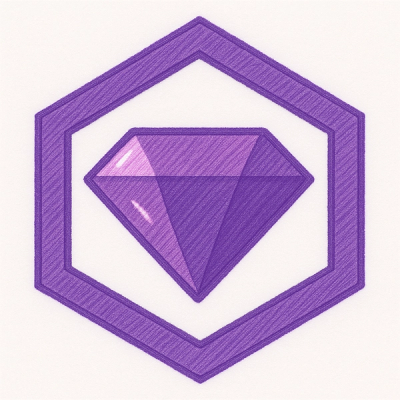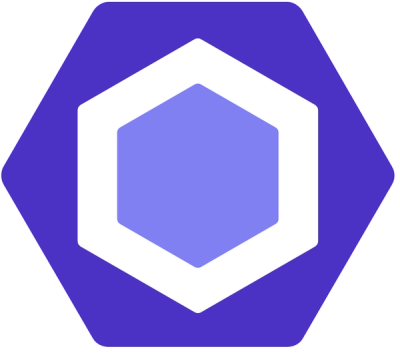
Security News
Follow-up and Clarification on Recent Malicious Ruby Gems Campaign
A clarification on our recent research investigating 60 malicious Ruby gems.
Libera is a gem built for Charon - https://github.com/NEU-Libraries/charon - a digital humanities focused Samvera head.
It's purpose is to take PDF files as input, and split them apart into individual page images for OCR and TEI generation.
Whilst there are installation instructions below for work as a developer, often times there are significant environmental challenges to software setup. To that end, Libera can be run in Docker. Install Docker as instructed here - https://docs.docker.com/install/
Then pull down the libera container image;
docker pull nakatomi/libera
To share the PDF with the application, you'll need to bind mount a directory to the container. If you run into permission errors or an empty directory issue, you'll need to consult the variances that can occur based on host operating system - https://docs.docker.com/storage/bind-mounts/
An example of how to run the container, use a bind mount, and instruct libera is below
docker run -ti --mount type=bind,source=/c/Libera,target=/home/libera/work_dir nakatomi/libera libera -p /home/libera/work_dir/dsg.pdf -w /home/libera/work_dir
In the above example, the mounted host directory /c/Libera becomes /home/libera/work_dir inside the container. In this use case, we use the same directory to deliver the PDF dsg.pdf as well as use it for where the produced artifacts are then made.
The last section of the above is the same as if you'd run Libera in your home operating system
libera -p /home/libera/work_dir/dsg.pdf -w /home/libera/work_dir
There are some programs that are required for Libera to work;
Tesseract 3.03 and ImageMagick 6.7.7-10 were the versions used in the development of this gem.
Both should be available through package managers such as APT, Yum, Homebrew etc.
Add this line to your application's Gemfile:
gem 'libera'
And then execute:
$ bundle
Or install it yourself as:
$ gem install libera
To use this gem at the command-line:
libera -p ./input.pdf
There are several adjustable parameters;
After checking out the repo, run bin/setup to install dependencies. Then, run rake spec to run the tests. You can also run bin/console for an interactive prompt that will allow you to experiment.
To install this gem onto your local machine, run bundle exec rake install. To release a new version, update the version number in version.rb, and then run bundle exec rake release, which will create a git tag for the version, push git commits and tags, and push the .gem file to rubygems.org.
Bug reports and pull requests are welcome on GitHub at https://github.com/NEU-Libraries/libera.
The gem is available as open source under the terms of the MIT License.
FAQs
Unknown package
We found that libera demonstrated a not healthy version release cadence and project activity because the last version was released a year ago. It has 1 open source maintainer collaborating on the project.
Did you know?

Socket for GitHub automatically highlights issues in each pull request and monitors the health of all your open source dependencies. Discover the contents of your packages and block harmful activity before you install or update your dependencies.

Security News
A clarification on our recent research investigating 60 malicious Ruby gems.

Security News
ESLint now supports parallel linting with a new --concurrency flag, delivering major speed gains and closing a 10-year-old feature request.

Research
/Security News
A malicious Go module posing as an SSH brute forcer exfiltrates stolen credentials to a Telegram bot controlled by a Russian-speaking threat actor.